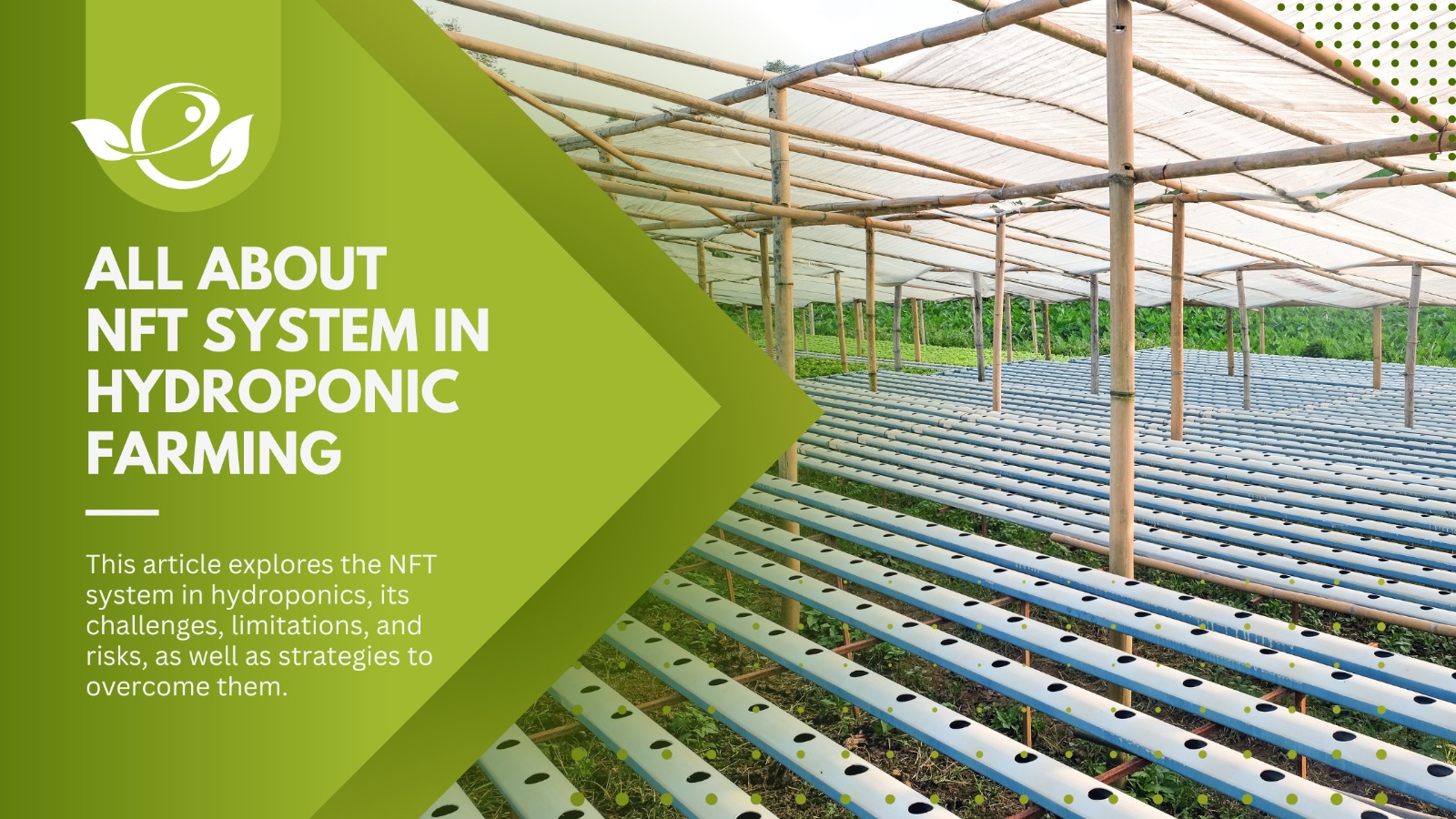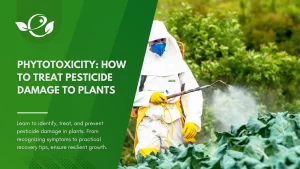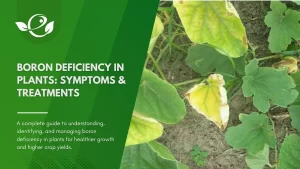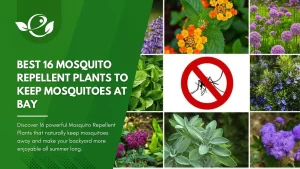Table of Contents
Hydroponic gardening has gained popularity in recent years due to its efficiency and ability to grow plants without soil. There are more than 6 different types of hydroponic systems used in Hydroponic farming. One of the most popular hydroponic techniques is the Nutrient Film Technique (NFT). NFT, which stands for ‘Nutrient Film Technique’, is a hydroponic method of delivering nutrient-enriched water to the roots of plants through a thin film on their surfaces. It is the most scalable method in Hydroponic farming. In this comprehensive guide, we will explore the NFT system, its components, setup, plant selection, advantages, and tips for success.
What is the Nutrient Film Technique (NFT)?
The Nutrient Film Technique (NFT) is a hydroponic system that allows a thin film of nutrient-rich water to flow continuously over the plant roots, providing a constant supply of nutrients and oxygen. This technique was developed in the 1960s by Dr. Allen Cooper at the Glasshouse Crops Research Institute in England.
NFT systems consist of a shallow channel, a nutrient solution reservoir, and a pump. The nft channel is tilted at a slight angle to facilitate the flow of the nutrient solution, which is recirculated from the reservoir by the pump. The nutrient solution flows through the channel in a thin film, contacting the roots and delivering essential nutrients before returning to the reservoir for recirculation.
NFT differs from other hydroponic techniques, such as Deep Water Culture or Ebb and Flow, by providing a continuous flow of nutrient solution to the plants.
The continuous flow of nutrient solution in NFT provides several benefits. Firstly, it ensures that the roots receive a steady supply of nutrients, preventing nutrient deficiencies and promoting healthy plant growth. Secondly, the thin film of water allows the roots to access oxygen, essential for their respiration. Finally, NFT systems are water-efficient since they use a fraction of the water required in traditional soil-based gardening.
NFT systems can be designed and scaled to fit various needs, from small-scale home gardens to large commercial operations. The modular nature of the channels allows for easy expansion or modification as required.
How does the NFT work?
To better understand how the Nutrient Film Technique (NFT) works, let’s delve into its key components and the process involved.
NFT System Components
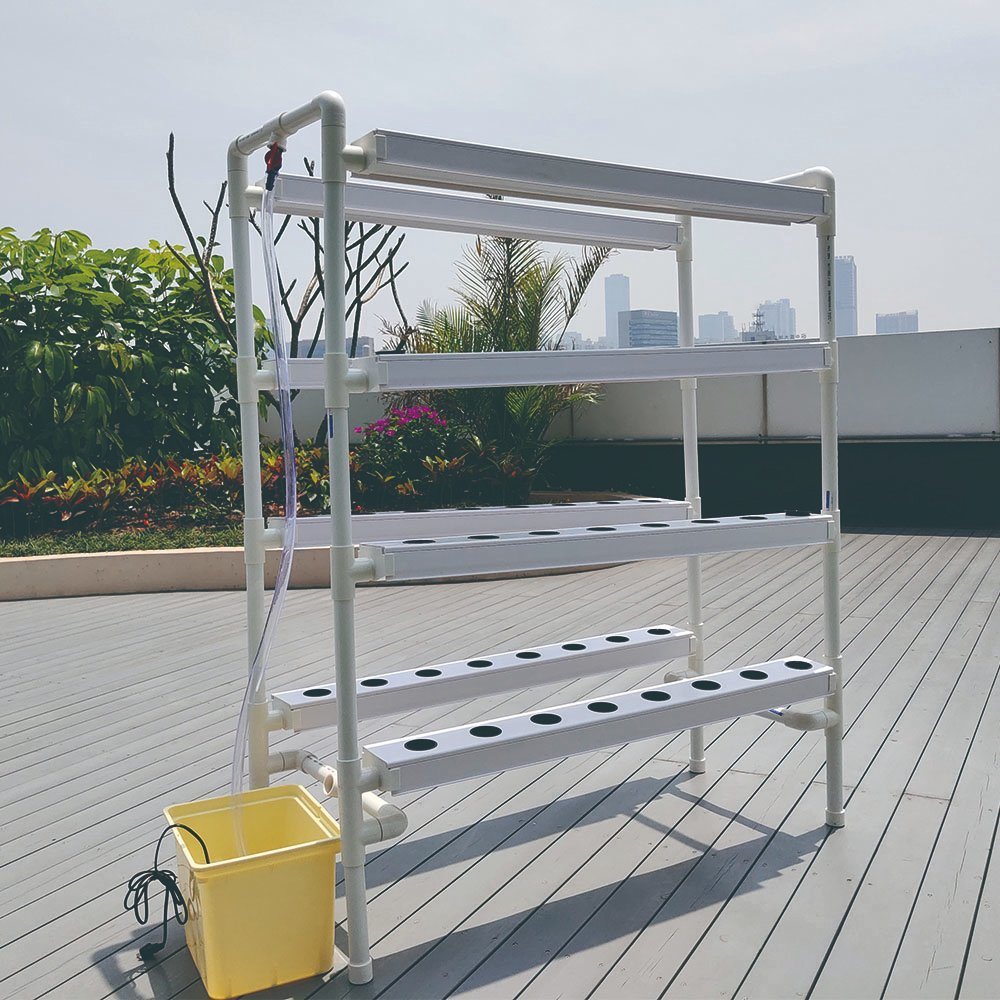
NFT Channel:
The NFT channel is a shallow, sloped channel where the plants are placed. It is typically made of a durable material such as PVC or food-grade plastic. The angle of the channel allows the nutrient solution to flow through it in a thin film, covering the roots of the plants.
Reservoir:
The reservoir holds the nutrient solution that is circulated in the NFT system. It is usually placed below the NFT channel to take advantage of gravity, which facilitates the flow of the nutrient solution. The reservoir should be lightproof to prevent algae growth and nutrient degradation.
Pump:
The pump is responsible for circulating the nutrient solution from the reservoir to the NFT channel. It moves the solution through the system using tubing or pipes. A timer is often used to control the pump’s operation, ensuring that the flow is continuous but not excessive.

Nutrient Film Technique Process
Seedling Stage:
The NFT process begins with germinating seeds in a separate medium, such as rock wool or coco coir. Once the seedlings have developed roots, they are transferred to the NFT Channel, where the thin film of nutrient solution flows.
Channel Setup:
The NFT system uses a sloping channel made of a durable material like PVC. The channel is angled to utilize gravity for water flow.

Nutrient Solution:
A nutrient solution is prepared by mixing essential minerals and nutrients required for plant growth. Then the nutrient solution is stored in a reservoir.
| Know more about “The Benefits of Using Organic Hydroponic Nutrients“ |

The flow of Nutrient Solution:
The pump is activated, allowing the nutrient solution to flow from the reservoir to the highest end of the NFT channel. From there, the solution moves along the channel, covering the roots of the plants. As the solution reaches the lower end of the channel, it drains back into the reservoir.
| Know more about “Hydroponic Nutrient Solution: The Ultimate Guide“ |
Plant Placement:
Plants are placed in small holes or baskets within the channel. The roots of the plants are allowed to hang down into the nutrient film.
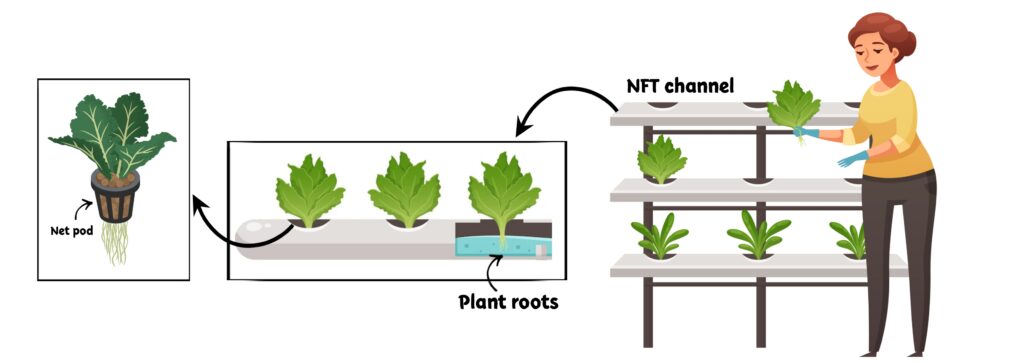
Nutrient Absorption:
The roots of the plants absorb the necessary nutrients from the thin film of nutrient solution as it flows over them. This continuous supply of nutrients promotes healthy growth and development.
Excess Collection:
The nutrient solution that is not absorbed by the plants collects at the lower end of the channel. This excess solution is then directed back into the reservoir for recirculation.
Continuous Recirculation:
The pump keeps pushing the nutrient solution from the reservoir to the upper end of the channel, and the excess solution is collected and returned to the reservoir. This ensures that the plants receive a constant supply of nutrients and water.
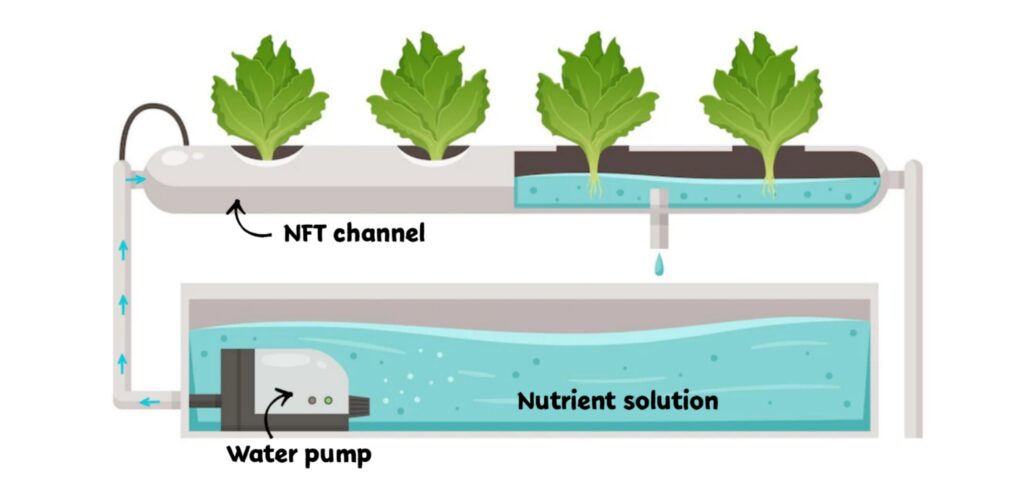
Oxygenation:
The thin film of water in NFT systems also ensures that the roots have access to oxygen. The exposed roots take in oxygen from the air, facilitating respiration and preventing root rot.
Maintaining the NFT System
Regular maintenance is crucial to ensure the proper functioning of the NFT system. Monitor the pH and nutrient levels of the solution regularly to maintain an optimal balance. pH levels should be within the recommended range for the specific plants being grown. Adjustments can be made using pH-up or pH-down solutions.
| Know more about “The Importance of pH in Hydroponic Nutrient Solutions“ |
Check for water flow and any potential leaks within the system. Ensure that the pump is functioning correctly and that the channels are free from obstructions or debris. Periodically clean the channels to prevent clogs and remove any algae or sediment buildup.
Sanitize the system periodically to prevent the buildup of harmful bacteria or pathogens. This can be done by using hydrogen peroxide or a bleach solution to disinfect the channels and reservoir. Rinse the system thoroughly with clean water before reintroducing the nutrient solution.
Tips for Successful NFT Farm
To ensure successful NFT gardening, consider the following tips:
Maintain pH and EC Levels:
Regularly monitor and adjust the pH and electrical conductivity (EC) levels of the nutrient solution. This ensures that plants can absorb nutrients optimally.
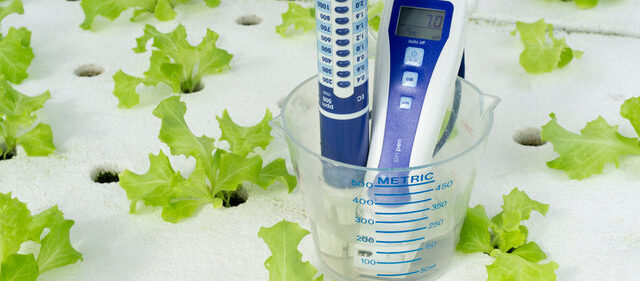
Proper Lighting:
Provide adequate lighting for your NFT system, especially if it is indoors. LED grow lights are energy-efficient and provide the necessary light spectrum for plant growth.
| Know more about “PAR, PPF, PPFD, and DLI: Essential Concepts for LED Grow Lights“ |
Monitor Root Health:
Check the roots regularly for signs of disease or nutrient imbalances. If necessary, adjust the nutrient solution composition or provide supplements to address any issues.
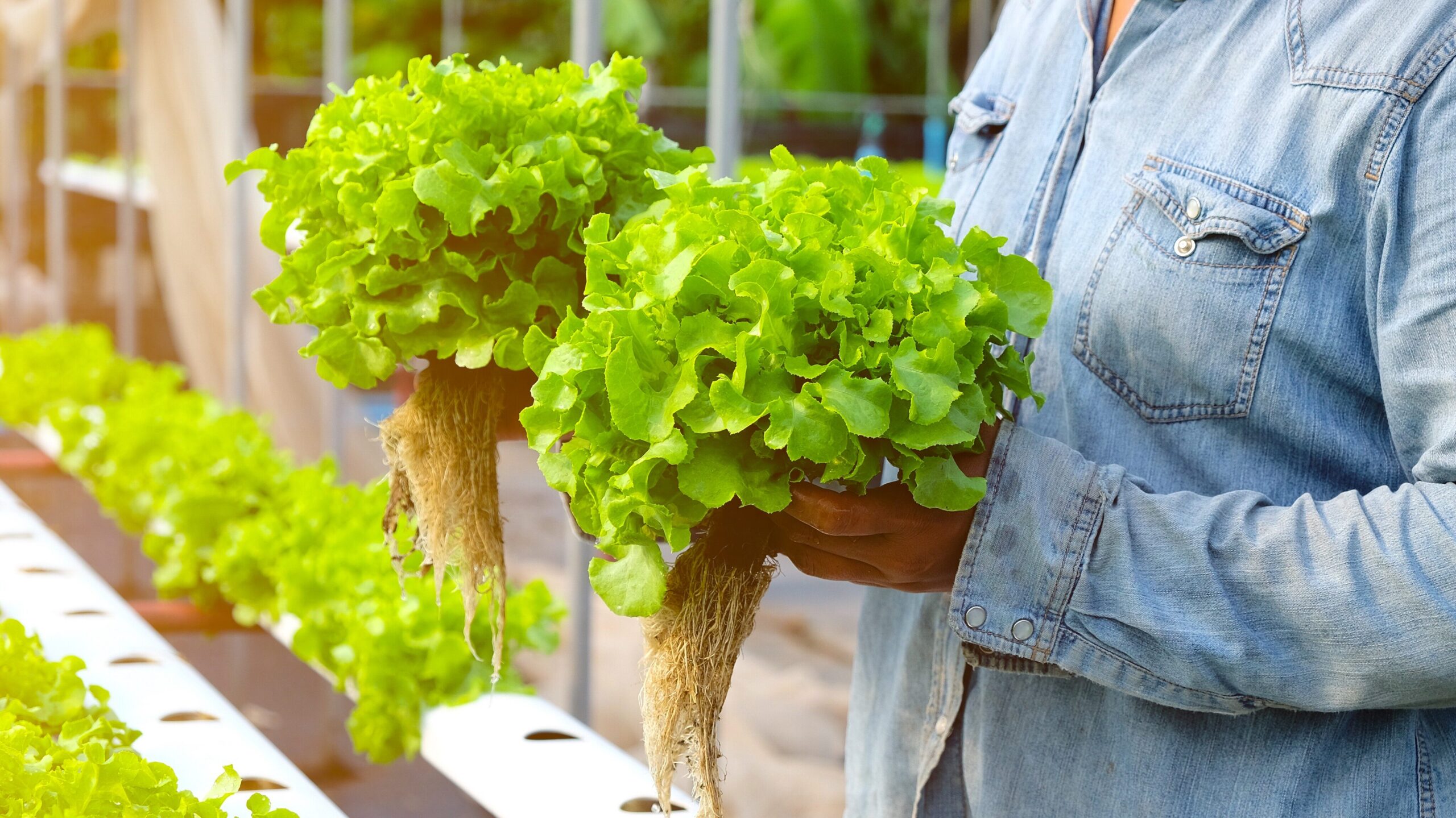
Prevent Algae Growth:
Algae can clog the system and compete with plants for nutrients. Keep the reservoir lightproof, use light shields on tubing or pipes, and regularly clean the system to prevent algae growth.
Regular Maintenance:
Perform routine maintenance tasks such as cleaning the NFT channel, checking pump functionality, and replacing any worn-out components. This ensures the long-term efficiency of your NFT system.
Which Plants can be grown in NFT systems?
While many plants can be grown using the Nutrient Film Technique (NFT), certain crops are particularly well-suited for this hydroponic system. Here are some recommended plants for NFT gardening:
Leafy Greens:
Varieties like lettuce, spinach, kale, and Swiss chard thrive in NFT systems. They have shallow root systems and high demand for nutrients, making them ideal for the continuous nutrient supply provided by NFT.
Herbs:
Culinary herbs such as basil, parsley, cilantro, and mint are suitable for NFT. They grow well in nutrient-rich environments and can be harvested multiple times, ensuring a steady supply for culinary needs.
Strawberries:
NFT systems are also excellent for growing strawberries. The elevated root access to oxygen and the continuous nutrient supply promotes fruiting and enhances the flavor of the berries.
Tomatoes:
Compact and determinate tomato varieties can be successfully grown in NFT. Their relatively small size and controlled growth make them suitable for the limited space offered by NFT systems.
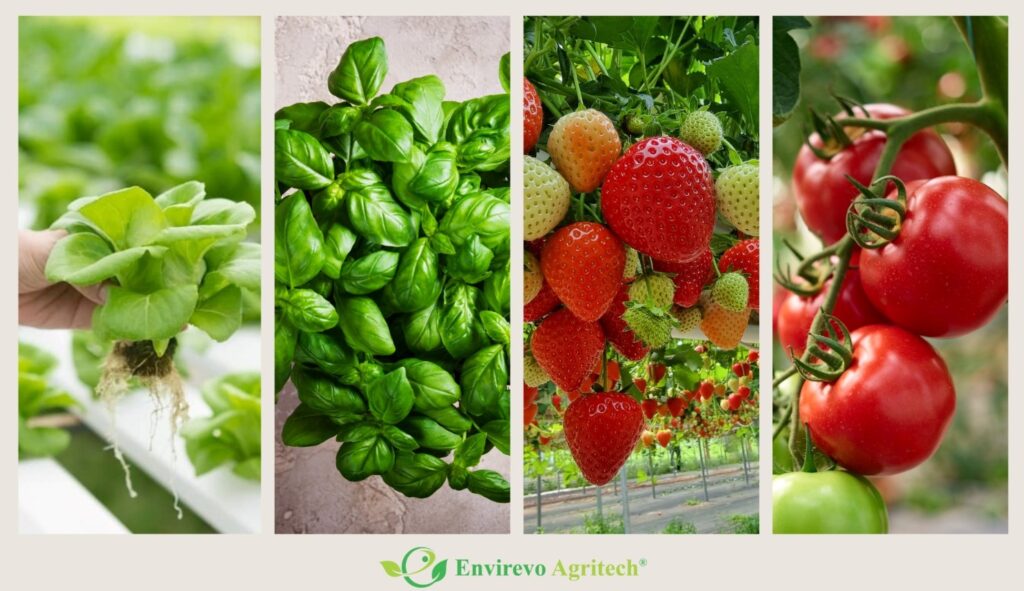
Advantages of the NFT
The Nutrient Film Technique (NFT) offers several advantages over traditional soil-based gardening and other hydroponic systems. Let’s explore some of the key benefits:
Water Efficiency:
NFT systems are highly water-efficient since they recirculate the nutrient solution, using only a fraction of the water required in soil-based gardening.
Optimal Nutrient Delivery:
The continuous flow of nutrient solution in NFT ensures that plants receive a consistent and balanced supply of nutrients, reducing the risk of nutrient deficiencies.
Oxygenation:
The thin film of water in NFT allows the roots to access oxygen directly from the air. This promotes healthier root systems and prevents root suffocation or rot.
Space Efficiency:
NFT systems are suitable for small spaces and can be set up in both indoor and outdoor environments. The vertical arrangement of the plants in NFT allows for maximized use of available space.
Higher Yields:
With optimal nutrient delivery and root oxygenation, plants grown in NFT systems often exhibit faster growth rates and higher yields compared to traditional gardening methods.
Challenges and Limitations
Addressing potential challenges:
The implementation of NFT systems in hydroponics presents certain challenges that require careful consideration and planning:
Technical complexity:
NFT systems necessitate specialized equipment and knowledge. This may pose a challenge for newcomers to hydroponics who may require additional training or support to successfully implement and maintain these systems.
Initial investment:
Setting up an NFT system can be costly. The investment required for the infrastructure, equipment, and technology might be a deterrent for farmers with limited financial resources. Exploring affordable alternatives and seeking financial assistance programs can help mitigate this challenge.
Dependency on technology:
NFT systems rely heavily on technology, such as sensors, automation, and digital platforms. Malfunctions or disruptions in these systems can potentially disrupt the entire farming operation. Implementing backup measures and redundancy protocols can help minimize the impact of technology failures.
Exploring strategies and solutions to overcome these challenges
To overcome the challenges and limitations associated with NFT systems in hydroponic farming, the following strategies can be employed:
Education and training:
Providing comprehensive education and training programs for farmers regarding the technical aspects of NFT systems can enhance their understanding and competence. Collaborations with agricultural institutions and industry experts can help in disseminating knowledge effectively.
Financial support:
Governments, agricultural organizations, and financial institutions can play a pivotal role in providing financial assistance and incentives to farmers adopting NFT systems. Grants, subsidies, and low-interest loans can help alleviate the initial investment burden.
Partnerships and collaborations:
Establishing partnerships with technology providers, agricultural experts, and other farmers can foster knowledge sharing and access to resources. Collaboration platforms can provide a space for exchanging ideas, troubleshooting challenges, and collectively advancing the adoption of NFT systems in hydroponic farming.
| Know more about “How to Troubleshoot Problems in Hydroponic Nutrients Solution“ |
Innovations and Future Trends in NFT
The world of NFT is constantly evolving, with innovations and technological advancements enhancing its efficiency and sustainability. Integration of automation and smart sensors allows for precise control of the nutrient solution flow, pH, and nutrient levels. Automated systems can monitor and adjust environmental conditions, nutrient delivery, and irrigation schedules, reducing manual labor and optimizing plant growth.

Vertical and rooftop NFT systems maximize space utilization, making them ideal for urban farming and small-scale gardening. By utilizing vertical space, more plants can be grown in a smaller footprint, making NFT an attractive option for urban agriculture where land is limited.
Sustainable practices are also gaining momentum in NFT. The use of renewable energy sources, such as solar power, can reduce the environmental footprint of the system. Additionally, advancements in nutrient delivery systems, such as precision dosing and real-time monitoring, hold great potential for optimizing plant growth and maximizing yields.
Success Stories and Case Studies
Numerous success stories demonstrate the effectiveness of NFT in various settings. For example, the Gotham Greens company operates NFT systems on rooftops in urban areas, producing high-quality lettuce and herbs year-round. Their NFT systems enable efficient use of space, reduce water consumption, and deliver fresh produce to local markets.
In another case study, a commercial greenhouse in Europe implemented NFT systems to cultivate strawberries. The controlled environment and continuous nutrient flow provided by NFT resulted in robust plant growth, improved fruit quality, and increased yields compared to soil-based cultivation.
These success stories highlight the versatility and potential of NFT in various applications, from small-scale home gardens to large-scale commercial operations.
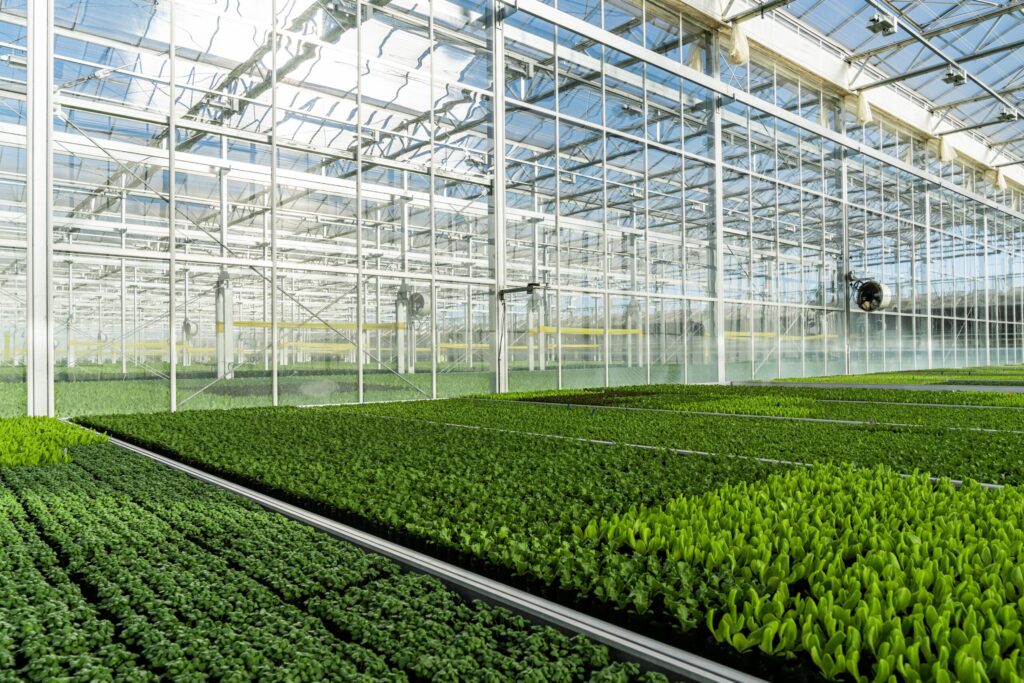
Conclusion
The Nutrient Film Technique (NFT) is a highly efficient and productive hydroponic system that allows for the cultivation of various plants without the need for soil. By providing a continuous flow of nutrient-rich water, NFT ensures optimal nutrient delivery, oxygenation, and water efficiency. With the right plant selection, maintenance, and attention to key factors, NFT gardening can yield abundant and healthy crops. Whether you are a beginner or an experienced gardener, NFT offers a versatile and rewarding method to explore the world of hydroponics.
Frequently Asked Questions (FAQs)
Here are some frequently asked questions about the Nutrient Film Technique (NFT) and NFT gardening:
Is NFT suitable for all types of plants?
While many plants can thrive in NFT systems, certain crops are particularly well-suited for this hydroponic method. Leafy greens, herbs, strawberries, and compact tomato varieties are recommended for NFT gardening due to their shallow root systems and nutrient demands.
How often should I change the nutrient solution in an NFT system?
The nutrient solution in an NFT system should be monitored regularly for pH and EC levels, as well as nutrient depletion. It is generally recommended to change the nutrient solution every 1-2 weeks, depending on the specific needs of the plants and the condition of the solution.
Can I use tap water in my NFT system?
The quality of tap water can vary depending on your location. It is recommended to test your tap water for pH, EC, and any potential contaminants. If the tap water is suitable for gardening and within the acceptable range, it can be used in an NFT system. However, in areas with high levels of chlorine or other harmful substances, it is advisable to use filtered or purified water.
How do I prevent clogging in the NFT system?
To prevent clogging, regular maintenance is crucial. Clean the NFT channel, pipes, and tubing periodically to remove any debris or algae. Use light shields to block light exposure to the nutrient solution, as this can promote algae growth. Additionally, ensure that the nutrient solution is properly filtered to prevent particles from entering the system.
Can NFT be used in outdoor gardening?
Yes, NFT systems can be used for outdoor gardening. However, it is essential to consider factors such as temperature, sunlight exposure, and protection from pests. Providing shade during hot summer days and implementing pest control measures can help optimize the performance of the NFT system in an outdoor setting.
Can I use NFT for commercial-scale crop production?
Yes, NFT can be scaled up for commercial crop production. Many commercial growers use NFT systems to cultivate a wide range of crops. However, it is important to consider factors such as the size of the operation, nutrient management, water supply, and proper monitoring and maintenance to ensure optimal results.
Is NFT suitable for beginners in hydroponics?
NFT can be suitable for beginners in hydroponics, as it is a relatively simple and efficient system. However, it still requires attention to detail and regular monitoring of nutrient levels and plant health. It is recommended to start with a small-scale NFT system and gradually expand as you gain experience and confidence in managing hydroponic setups.
How can I enhance the flavor of crops grown in NFT systems?
To enhance the flavor of crops grown in NFT systems, pay attention to factors such as nutrient balance, lighting conditions, and proper ripening techniques. Providing the appropriate nutrient solution with balanced macro and micronutrients, optimizing lighting spectrum and intensity, and allowing fruits and vegetables to ripen fully can contribute to improved flavor.
Can I use organic nutrients in NFT systems?
Yes, organic nutrients can be used in NFT systems. However, it is important to ensure that the organic nutrient formulation is compatible with hydroponic systems. Look for organic hydroponic nutrient solutions or consult with reputable manufacturers or experts in organic hydroponics to ensure the compatibility and effectiveness of the organic nutrients in an NFT setup.
Can NFT be used for larger plants like fruit trees or vine crops?
NFT is not typically recommended for larger plants like fruit trees or vine crops, as their root systems and nutrient requirements are more extensive. NFT is best suited for plants with shallow root systems. For larger plants, other hydroponic systems such as deep water culture (DWC) or ebb and flow (flood and drain) systems may be more suitable.
Disclaimer: The information provided in this article is for educational purposes only. Consult local experts and reputable sources before implementing any hydroponic system or making significant changes to your gardening practices.
